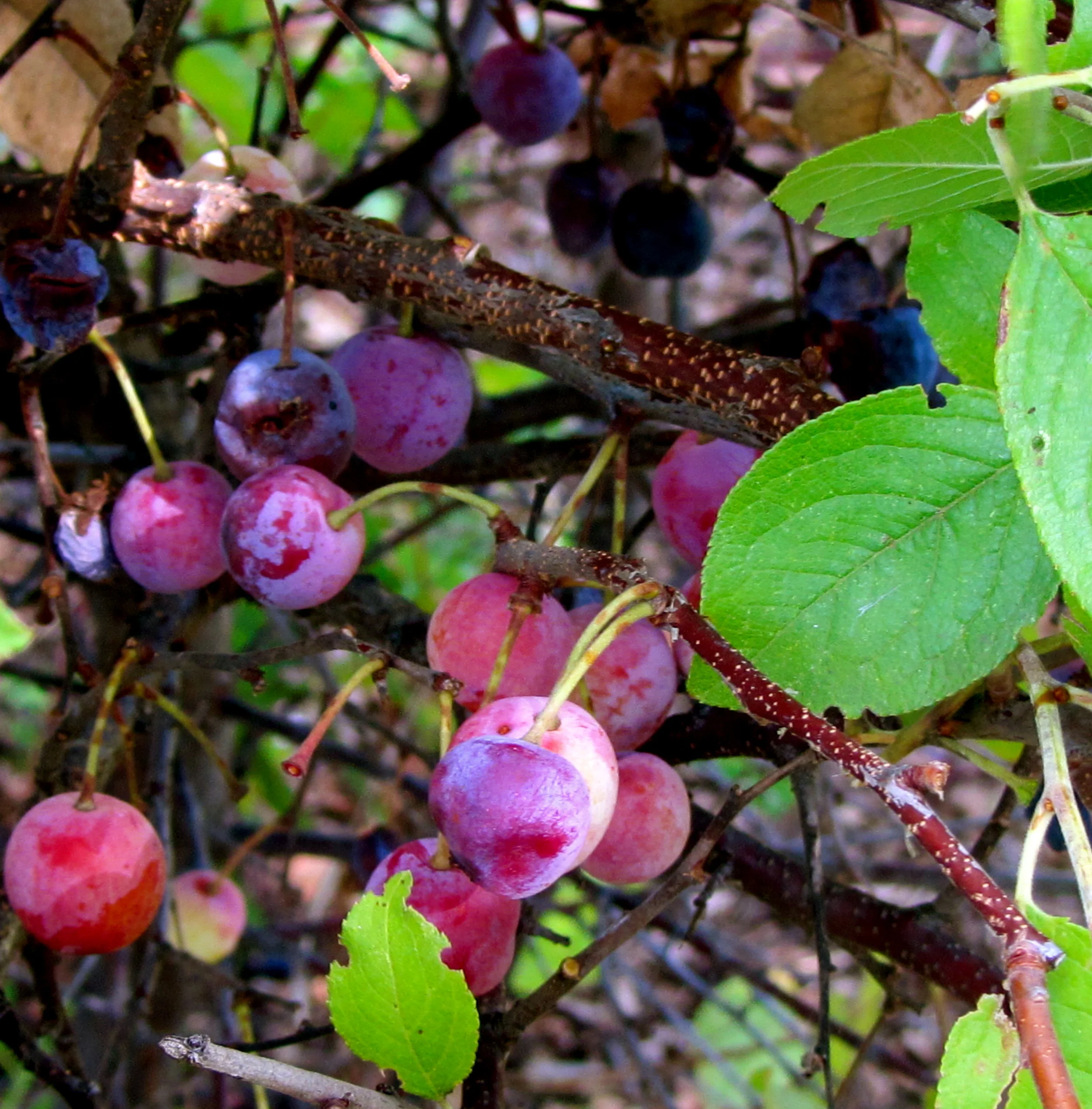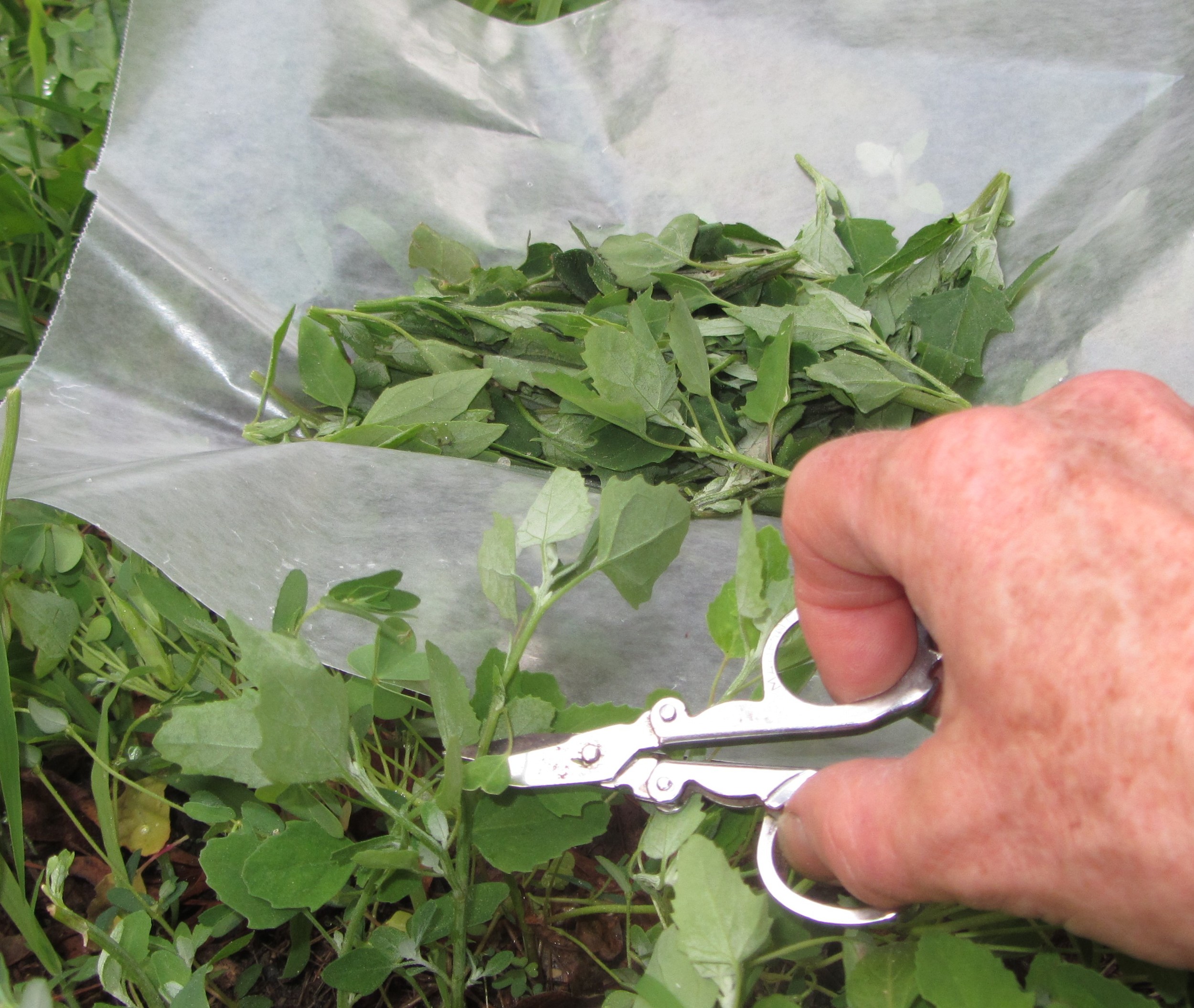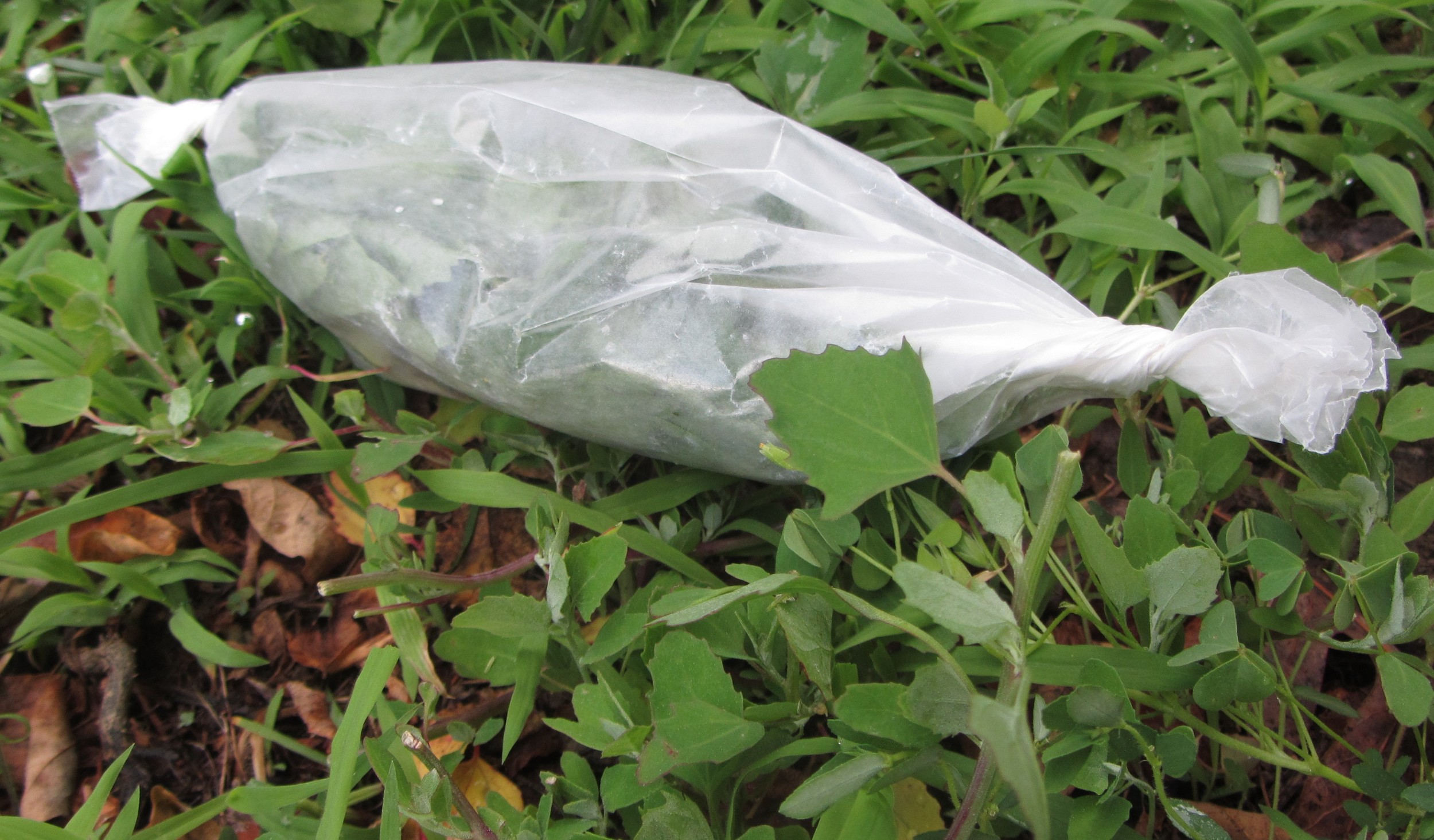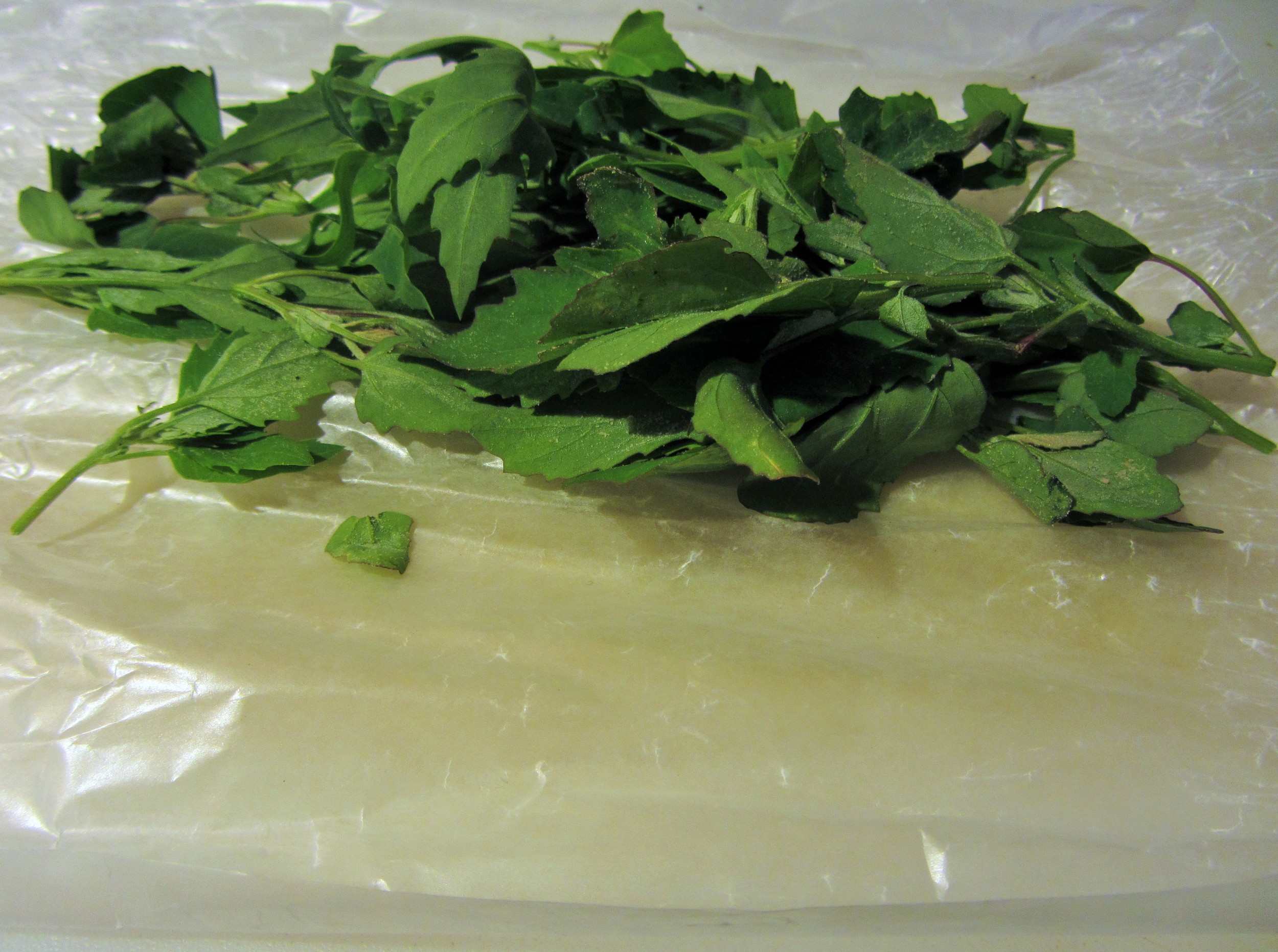Why work so hard to forage, when we have farms? Harvesting is the only way to get the freshest produce.
Unless you live on a farm, the only way to make the field to table short is to forage. To get to market, farmers have to harvest produce hours in advance, then load their vehicles, travel from farm to market site and then unpack the vegetables people come to buy.
Try this:
In the field, harvest a few leaves, blossoms or fruit leaf, flower, or fruit.
Taste one immediately. Save the other and taste it later.
How were the flavor and texture different? Did you also notice that the more you handle any fruit or vegetable, the more it gets bruised? That also impacts flavor.
Let's face it, whatever we pick and nibble in the field will taste better than anything brought home later.
Where else can you do your shopping while on a daily walk?
If you establish walking routines, you get to notice what is growing and where. Observe the life cycle of the plant, so you know where and when to find it, ensuring peak flavor whenever you take a walk. That will save time in the long run
Lamb’s Quarters Growing in a Tree Pit NYC
Quickweed growing in a flower pot.
In some urban and suburban neighborhoods residents plant flowers and vegetables. I've actually seen corn plants and tomato plants around some trees in sunny urban neighborhoods. People care about their homes and most of the time these bits of garden are well tended.
You can be sure that weeds will grow and if you are in a position to make friends, offer to help weed.
Good neighbor weeding:
First, trim the tender tops and then root out the weed. If it is not an invasive bully, why not replant that weed in your own window box if you have one? As you become better acquainted, these neighbors may be willing to let the lamb's quarters, purslane, and Asiatic day flower grow, knowing you won't let them crowd out their plants.
Now, you'll have a regular foraging place supported by your gardener neighbors.
I'm a forager in everything I do. I forage for farmed produce and household items left behind by former neighbors in addition to foraging wild foods. It's not just about saving money, it's also about keeping useful items out of the land fill.
In my perfect world, we'd all be foragers looking at our streets, roads and open spaces as places to nurture, rather than places to throw our garbage.
Is it a dream? Maybe. But in an often fast-paced, wasteful and stressful world, it's a pretty good dream.







